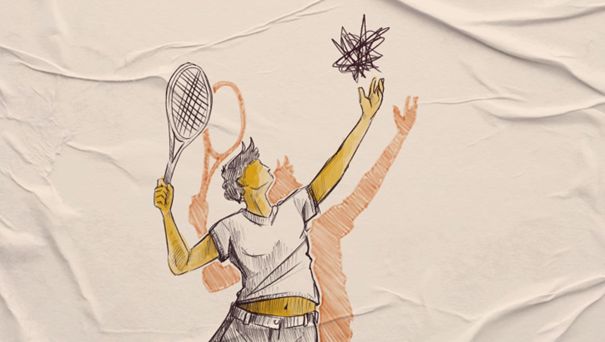What is anxiety?
The word "anxiety" is often used to describe two different things:
1. Anxiety disorders - This refers to diagnosable mental disorders where a doctor or psychologist needs to assess whether you meet the criteria based on the symptoms you have, their intensity, and the extent to which they affect your daily functioning. Examples of diagnoses categorized as anxiety disorders include social phobia, panic disorder, specific phobias, post-traumatic stress disorder (PTSD), and generalized anxiety disorder (GAD).
2. AAnxiety as a stressful and uncomfortable state that all people experience occasionally in life. Typical symptoms include palpitations, racing thoughts, sweating, tense muscles, trembling, upset stomach, chest pressure, dizziness, or tunnel vision. All these symptoms can be called anxiety symptoms, but it does not mean that they are pathological.
Evolutionarily useful
Anxiety is a physical reaction that we have developed evolutionarily to help us quickly deal with danger by either fleeing or fighting. In our modern society, the dangers that trigger anxiety are often hypothetical or social, so running away or fighting does not help. Consequently, the bodily reaction becomes uncomfortable and frightening for many individuals in itself.
Avoidance reinforces the problem
Anxiety, regardless of whether it is an anxiety disorder or not, works in such a way that when we avoid or flee from what causes anxiety, we confirm to the anxiety that it is indeed dangerous. We do not get to experience that what triggers anxiety is often less dangerous than it seems. The so-called comfort zone remains small and constricted.
If I am afraid of spiders, avoid places where they might be, and quickly flee every time I see one, I will live with a strong fear of spiders for my entire life. I will never get to experience how spiders actually behave when I get close to them. Maybe I know that the spider won't do anything dangerous, but I think that I will panic, and it will feel completely unmanageable if I expose myself to them. If I never try, I will never experience that I can survive and cope with the discomfort that arises.
Safety behaviors
Avoidance can also be more subtle; for example, if you feel unsafe in social situations and always rely on alcohol to build up the courage to say something or to alleviate the unpleasant feeling of anxiety. In that case, we can say that alcohol is your "safety behavior." Such strategies may make you feel better in the moment but reinforce anxiety in the long run. Similar to avoidance, you will never experience how you handle the situation without the safety behavior.
Other examples of safety behaviors could be writing a script word by word because you are afraid of making mistakes during a presentation or always keeping your hands in your pockets because you are afraid others will notice your trembling.
How to reduce anxiety?
The best thing you can do to become freer, more secure, and experience less anxiety is to step by step challenge yourself and expose yourself to what creates discomfort. Choose small steps that feel manageable and test them little by little. When you feel that it becomes slightly safer, you can increase the difficulty level. For example, if you have anxiety about public speaking, you can start with a small group or just one friend. If you have anxiety about wasps, you can begin by watching videos about wasps.
Also, ask yourself: What are you actually most afraid will happen? This can be called a "catastrophe scenario" or "worst-case scenario." Once you have identified this, you can try to design small experiments for yourself where you can test how closely it matches reality.
When difficult emotions and thoughts are kept hidden and suppressed, they appear more frightening
Specialist Psychologist
Share your thoughts with others
A common characteristic of all difficult emotions and thoughts is that when they are kept hidden and suppressed, they appear more frightening or shameful than when we share them with others. If you believe you are strange or alone, know that 10% of students in Norway report having a diagnosed anxiety disorder, 44% are affected by exam anxiety, and nearly half of the students are troubled by fear of public speaking (Source: ShoT).
Seek help or gather information
Anxiety is not dangerous, and if you make choices in life that lead you towards achieving what you desire rather than avoiding what you fear, you will likely notice that anxiety diminishes over time.
However, exposing yourself to things that the body perceives as dangerous can be challenging! Remember to be kind and patient with yourself. If you desire professional help and support, you can attend free coping courses, apply for counseling services at SiO, or contact your general practitioner.
There are also helpful self-help websites where you can learn more about how anxiety works and what you can do to help yourself at your own pace.
